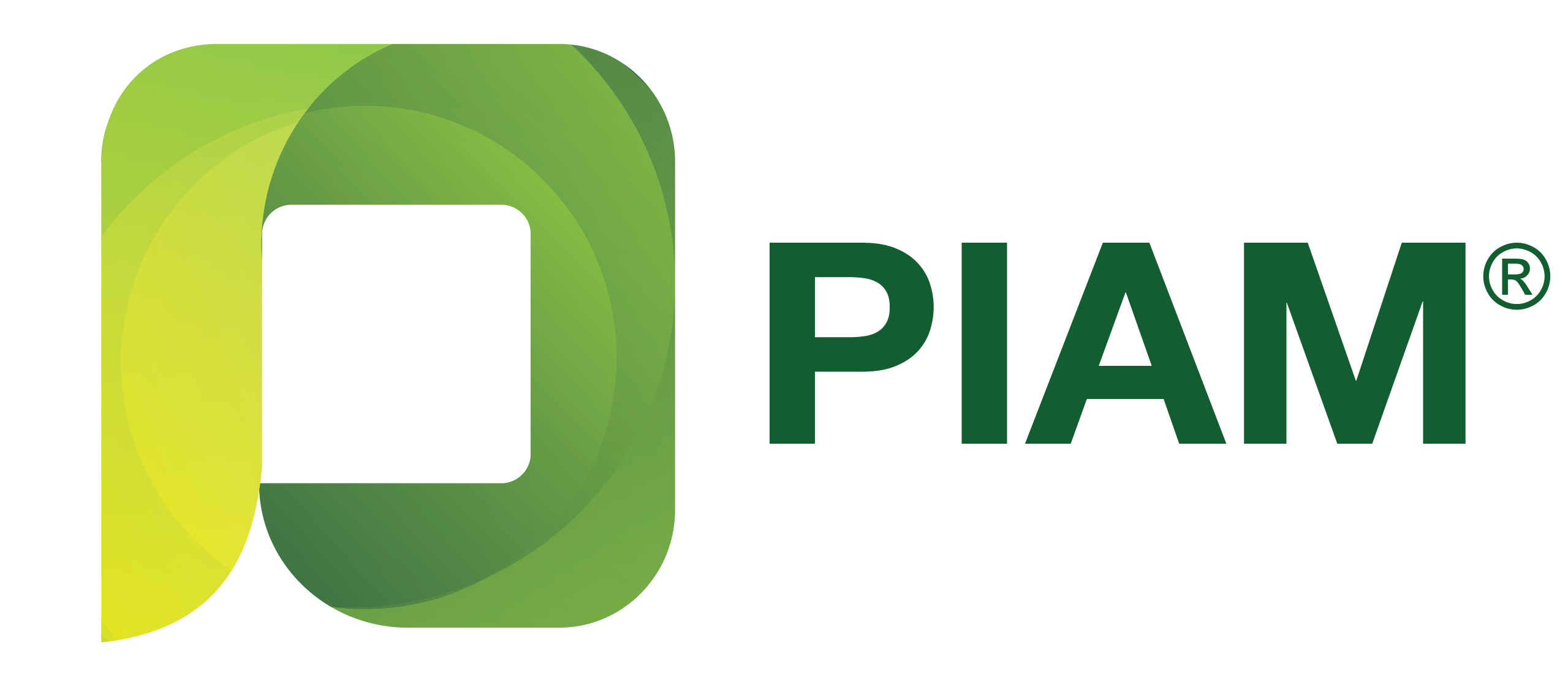Share Now
Kuala Lumpur, 3 March 2016 – The General Insurance Industry achieved 2.3% growth for 2015 with gross written premiums of RM17.49 billion. This was a slower rate compared to the 5.9% growth achieved in 2014.
Motor insurance the dominant line of business grew at 2.1% and garnered a market share of 46.3% with gross written premiums increasing to RM8.1 billion from RM7.9 billion in 2014. The Fire class surged 5.5% to reach RM3.1 billion with the second largest market share of 17.8%. Other steady performers were the Personal Accident class (2.9% growth) with gross written premiums of RM1.30 billion while the Marine Aviation and Transit (MAT) class grew 2.6% at RM1.70 billion. The Miscellaneous Class comprising Bonds, Liabilities, Engineering and Workmen’s Compensation grew marginally by 0.8% to RM2.31 billion.
Medical and Health Insurance (MHI) saw a negative growth of -4.0% with gross written premium of RM966 million. This was largely due to a product rationalization exercise by a member company which reclassified its Medical and Health Insurance portfolio from the general insurance fund to its life insurance fund. Excluding this reclassification, MHI actually grew 15% in 2015. Under this scenario the overall industry growth would have been higher at 3.2%.
Net Claims Incurred Ratio (NCIR) reduced slightly from 56.7% in 2014 to 56.5% in 2015. Motor Claims Ratio remained high at 72% compared to 71.5% in 2014. NCIR for the other major classes were stable with Fire recording 28.3% (2014: 28.8%), MAT 34.7% (2014: 33.9%), Medical and Health 54.0% (2014: 57.4%).
On the financial performance of general insurance companies, the industry achieved a lower underwriting profit of RM1,461 million in 2015 compared to RM1,488 million in 2014. The Motor Class remained “mired in red” incurring heavier losses of RM292 million from the RM166 million loss the year before.
PIAM Chairman, Chua Seck Guan noted that the industry performance was largely within expectations. Earlier the industry had lowered its full year growth forecast to between 3% and 4% after recording a 2.3% growth in the first half of 2015. “The slower growth rate is not unique to the insurance industry alone. Other sectors and businesses are in the same position. Declining oil prices and volatile currency fluctuations have caused uncertainties in the operating environment. However, we are grateful for the robust nature of our insurance companies, made possible by the strict capital adequacy and regulatory requirements imposed by BNM. This has nurtured strong and well managed companies with strict and prudent governance benchmarks.”
Chua added “The fluctuating currency rates have had a significant impact on the costs of replacement/spare parts of vehicles, machineries and properties. The imposition of GST together with the decision of Customs not to allow general insurance companies to claim Input Tax Credit (ITC) on motor claims costs has worsened the situation with far reaching implications across the industry. GST is a tax chargeable on the end user of a good or service. Insurance companies are not end users of insurance services in this instant but are the service providers. PIAM feels strongly with regard to this different interpretation on the ability to claim ITC for repairs carried out on an insured’s property and has appealed to the Ministry of Finance accordingly.”
Chief Executive Officer, Mark Lim said that “Total Motor Claims incurred by the industry remained exceedingly high at RM5.29 billion. This works out to a staggering RM14.5 million paid out by the insurance companies per day. On a positive note however the number of vehicle thefts in the country has continued to decline. Total number of thefts for all vehicle types in 2015 was 24,906, an 18% decrease compared to 30,549 cases in 2014.”
In this regard PIAM has commended the efforts by the Police, Customs and the law-enforcement agencies in combating this nationwide crime. Lim also thanked the agencies for their support of the initiatives implemented by the Vehicle Theft Reduction Council (VTREC), an organization formed by PIAM involving Pemandu, PDRM and key government ministries.
As in past years the industry’s critical concern was the high rate of road accidents and fatalities in Malaysia. In 2015 Third Party Bodily Injury claims increased by 8% to RM1,943 million compared to RM1,805 million in 2014. PIAM noted that the majority of road accidents are caused by human errors. To drive home the message that road safety starts with drivers and road users, PIAM and its members organized a road safety campaign “Pledge for Road Safety” in October last year to inculcate good driving habits among drivers. This was a collaborative effort with JKJR, MIROS, MGRSP, MKJR and VTREC. The Association will continue to focus on road safety as a priority project for the industry.
Motorists involved in accidents can rely on the Accident Assist Call Centre (AACC) for help. This is a toll-free 24/7 nationwide hotline 1800-22-1188 which arranges for emergency roadside assistance like towing services and also provides information on insurance claims enquiries. AACC offers peace of mind to all road users and prevents any unwanted third party intervention which can confuse or take advantage of victims at the scene of an accident.
In the area of Human Capital, the Association will ensure a steady pipeline of talent to fuel the continued growth of the industry. PIAM Deputy Chairman and Convenor of its Education and Human Resource Development Sub-Committee, Antony Lee said “The industry has implemented its General Insurance Internship for Talent (GIIFT) program in 2015 targeted at undergraduates of all study disciplines. They are attached for 3 months with our member companies for a unique first-hand experience of the world of general insurance. So far, 48 interns have gone through the GIIFT program successfully with more on the way. GIIFT will enhance the image of the industry and position General Insurance as a career of choice for young talent.”
Looking ahead PIAM expects the current uncertainties to prevail and the operating environment will continue to pose challenges to the industry. Nonetheless, the Association is confident that the growth momentum will be maintained although at a moderated pace. The general insurance industry has proven its resilience over time. 2016 would be no different.

